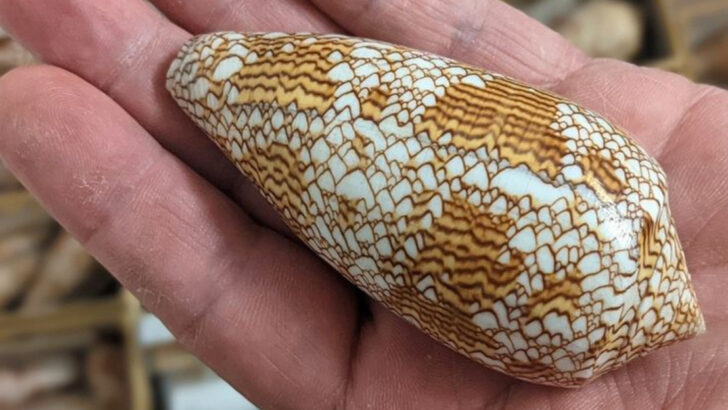The cone snail, a marvel of marine life, stands out for its stunning appearance and deadly capabilities.
Known for its intricately patterned shells and potent venom, this ocean dweller captivates scientists and nature enthusiasts alike.
Surprisingly, these mollusks have both mesmerizing beauty and lethal prowess.
Found primarily in warm, tropical waters, cone snails are both feared and admired. Despite their slow movement, they boast incredible hunting skills.
This article delves into ten fascinating aspects of this creature, highlighting its unique traits and remarkable adaptations.
Venomous Arsenal
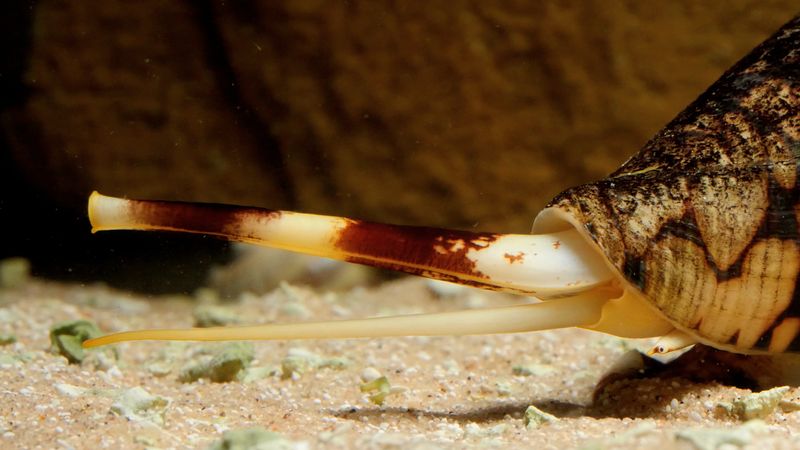
The cone snail wields a venomous harpoon capable of paralyzing its prey within seconds. Imagine a creature no larger than your thumb packing a punch equivalent to a cobra. These snails possess an arsenal of toxins, each serving a distinct purpose.
Their venom is not only potent but versatile, targeting various prey and deterring predators. Curiously, the composition of their venom varies between species, with some more dangerous than others.
This complexity intrigues scientists, who study these toxins for potential medical applications, including pain relief and neurological treatments.
Intricate Shell Patterns
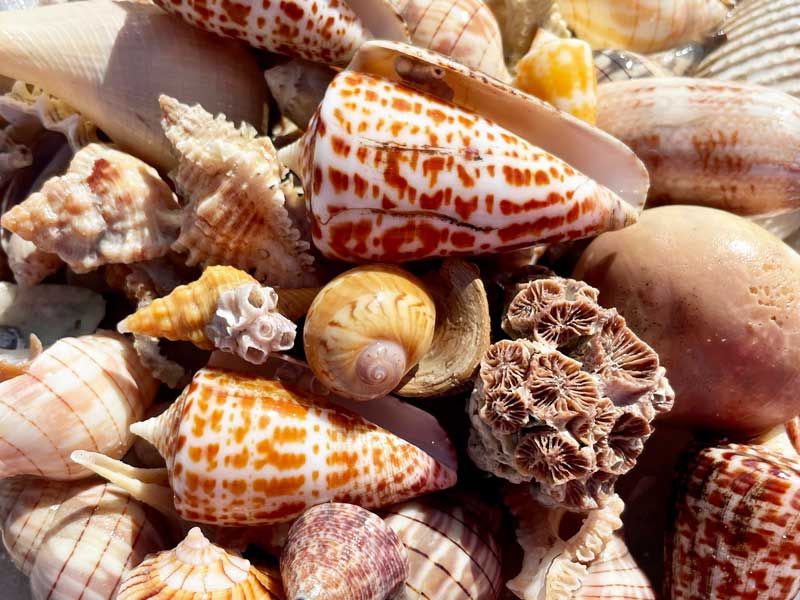
Cone snails boast some of the ocean’s most beautiful shells, adorned with intricate patterns and vibrant colors. Each shell is a canvas, painted by nature’s brush, telling the story of its owner’s life.
These patterns not only serve an aesthetic purpose but also provide camouflage, blending seamlessly with coral reefs and sandy seafloors.
Collectors prize these shells for their beauty, often unaware of the deadly creature within. Their mesmerizing designs have inspired artists and designers, making them a symbol of beauty and danger in the natural world.
Remarkable Hunting Technique

Despite their slow movement, cone snails are adept hunters, utilizing a unique strategy to capture prey. They employ a harpoon-like tooth attached to a proboscis, which injects venom into unsuspecting victims.
This method allows them to ambush fish, worms, or other mollusks with precision. The speed and accuracy of their attack are astonishing, considering their sluggish demeanor.
Their ability to immobilize prey quickly is a testament to their evolutionary success, showcasing the intricacy of their predatory adaptations. This hunting prowess makes the cone snail a formidable oceanic predator.
Diverse Species
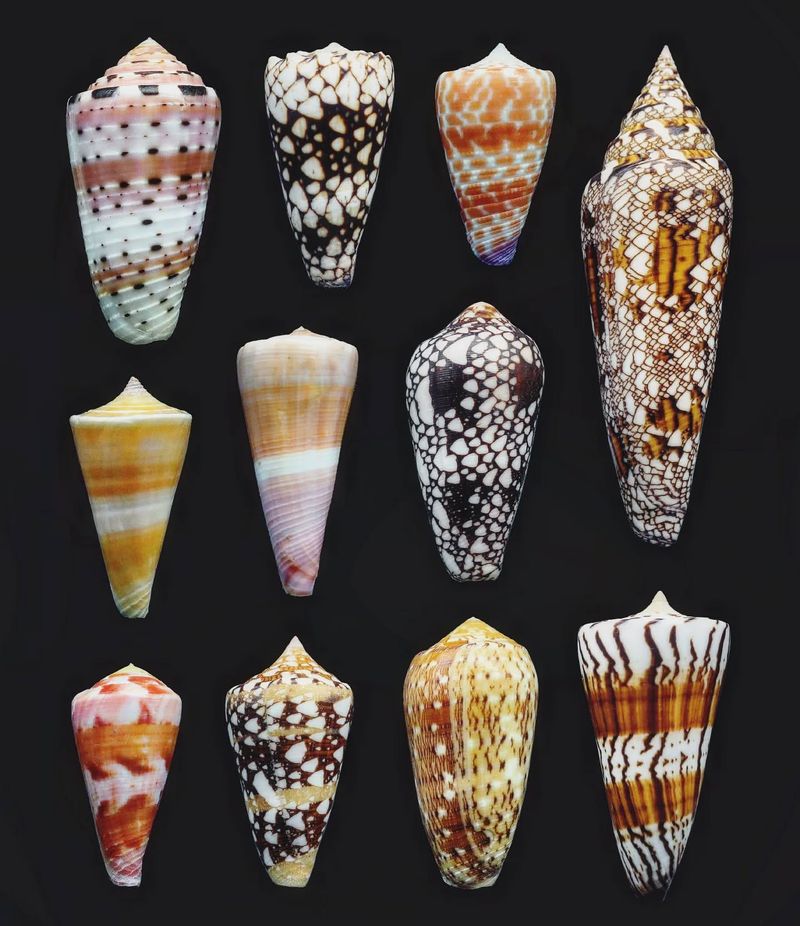
Over 800 species of cone snails inhabit the world’s oceans, each with unique characteristics and venoms. This diversity is a marvel of evolutionary adaptation, highlighting nature’s creativity.
Some species are more dangerous to humans, while others pose little threat. The vast array of colors and patterns among these species fascinates researchers and shell collectors alike.
Studying different cone snail species provides insights into their ecological roles and evolutionary history. This variety enriches marine biodiversity, emphasizing the importance of preserving their natural habitats.
Potential Medical Breakthroughs
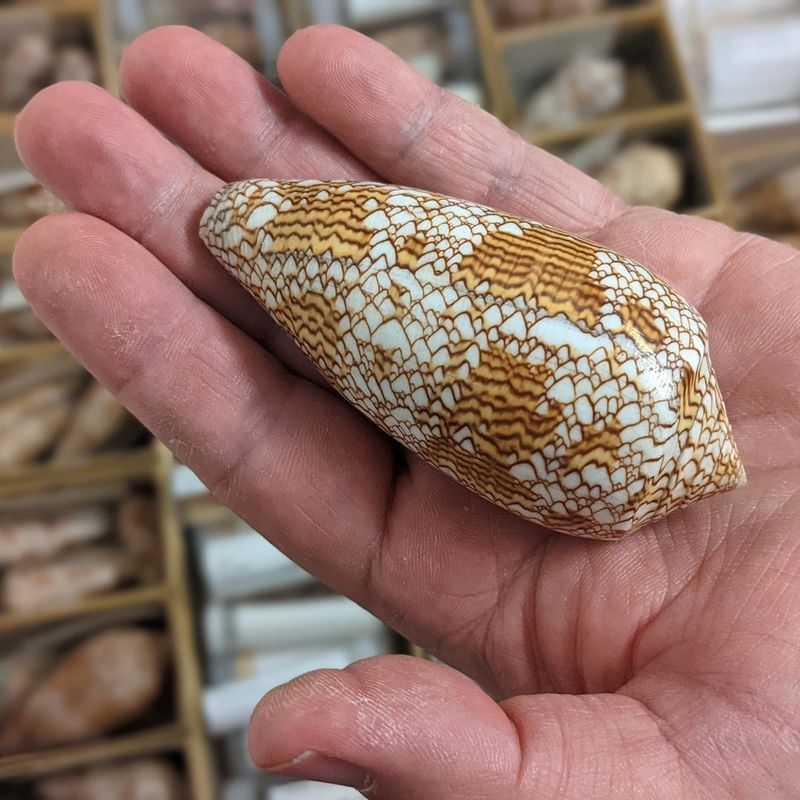
Cone snail venom holds potential for groundbreaking medical applications, particularly in pain management and neurological disorders. Researchers isolate specific compounds, exploring their ability to block pain signals.
These toxins may lead to the development of non-addictive painkillers, offering hope to those suffering from chronic pain. The complexity of cone snail venom presents a treasure trove for pharmaceuticals.
Discoveries in this field could revolutionize treatment options, showcasing the unexpected benefits of these deadly creatures. The fusion of nature and science underscores the untapped potential residing in the depths of our oceans.
Habitat and Distribution
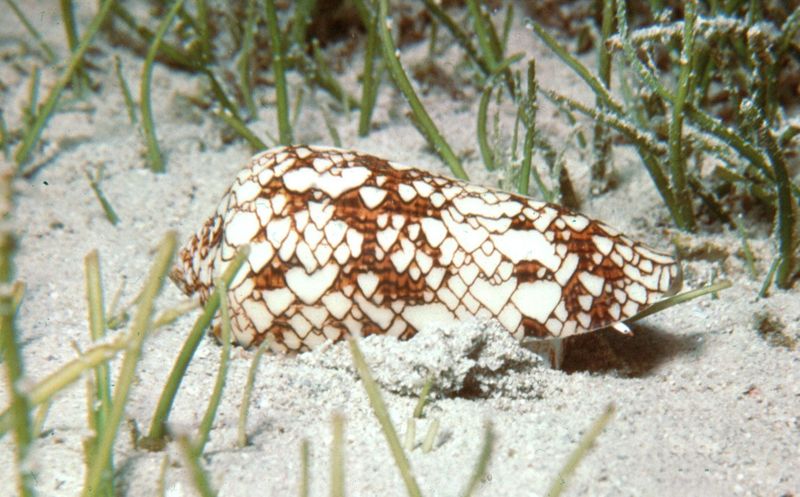
Cone snails thrive in tropical and subtropical oceans, particularly in coral reefs and sandy bottoms. These environments offer abundant food sources and camouflage opportunities.
Their presence is most notable in the Indo-Pacific region, but they inhabit warm waters worldwide. The diversity of their habitats reflects their adaptability and ecological importance.
Understanding their distribution aids in conservation efforts, ensuring the survival of these intriguing mollusks. Their role in marine ecosystems is vital, contributing to the health and balance of their environments. Protecting their habitats is crucial for maintaining oceanic biodiversity.
Cautionary Human Encounters
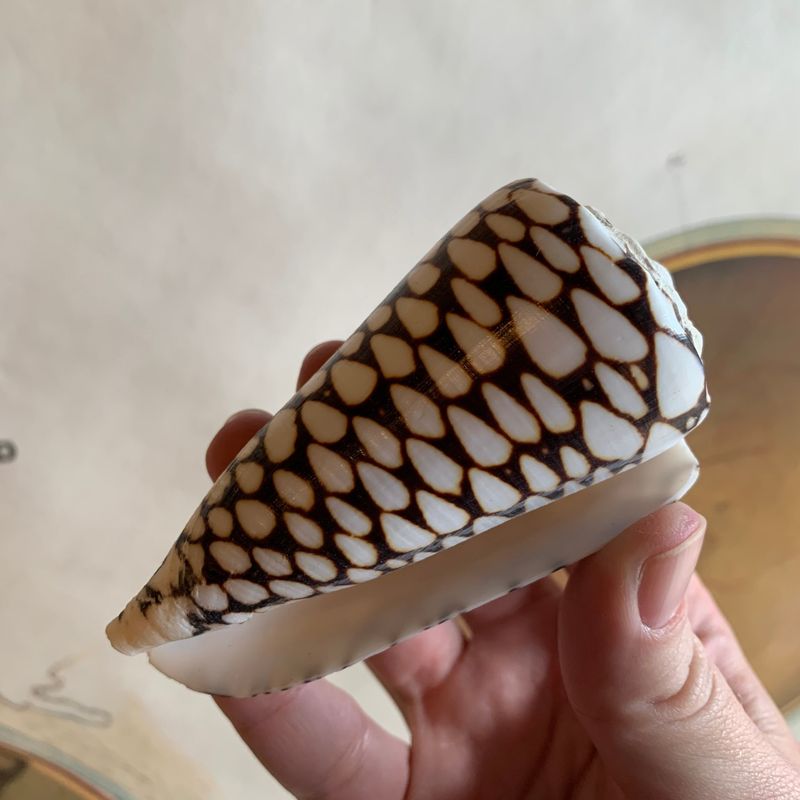
Human encounters with cone snails should be approached with caution due to their potent venom. While they may appear harmless, their sting can be deadly. Divers and shell collectors are advised to admire these creatures from a distance.
Accidents are rare but can be fatal, making awareness and education essential for safety. These interactions highlight the fine line between beauty and danger in nature.
Respecting their space ensures safe coexistence, allowing humans to appreciate their uniqueness without risk. The cone snail teaches valuable lessons about the natural world’s delicate balance.
Life Cycle and Reproduction
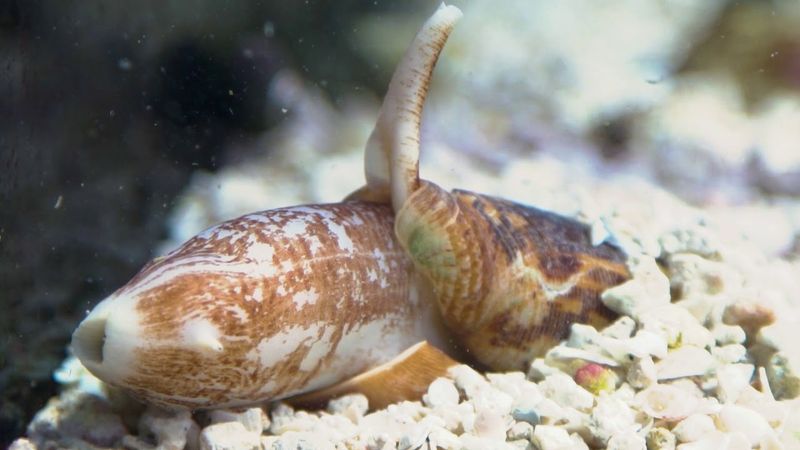
The life cycle of a cone snail begins with the laying of eggs, often hidden in crevices within coral reefs. These eggs hatch into larvae, drifting with ocean currents until they mature.
As they grow, they develop their iconic shells and hunting capabilities. Reproduction varies among species, with some laying fewer, larger eggs and others many smaller ones.
This reproductive strategy ensures the survival of their lineage, adapting to environmental pressures. The cone snail’s life cycle is a fascinating journey from vulnerable larvae to adept predator, demonstrating nature’s resilience and ingenuity.
Evolutionary Adaptations
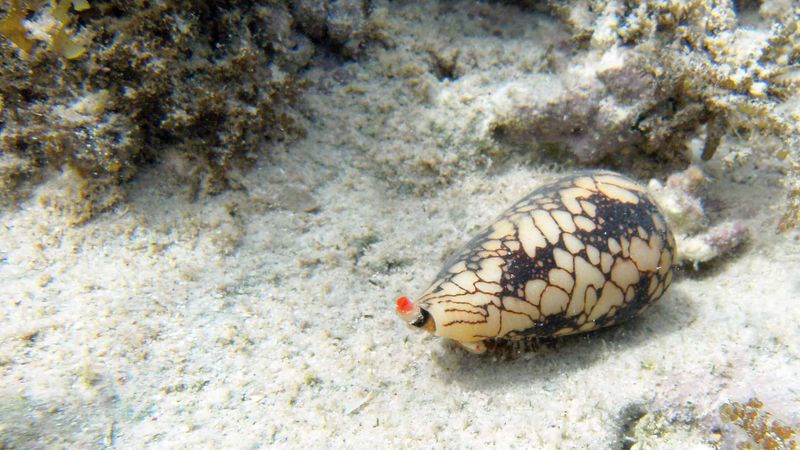
Cone snails exhibit remarkable evolutionary adaptations, reflecting their success as predators. Their venomous harpoon is a prime example, evolving to immobilize prey effectively.
Shell patterns and colors also represent adaptations, providing camouflage and protection. These features highlight the intricate balance between survival and predation.
Studying their adaptations offers insights into evolutionary biology and ecological dynamics. The cone snail’s journey through time mirrors nature’s relentless quest for survival, showcasing the beauty and complexity of evolution.
Cultural and Artistic Influence
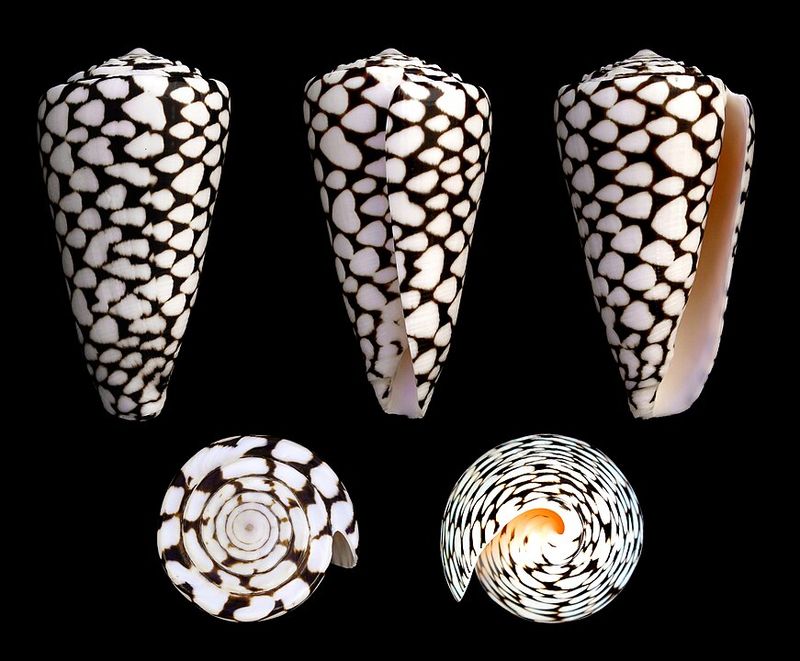
The cone snail’s beauty extends beyond biology, influencing art and culture throughout history. Artists draw inspiration from their vivid shells, integrating their patterns into various art forms.
These shells symbolize the fusion of beauty and danger, captivating the human imagination. They appear in jewelry, textiles, and even architecture, reflecting their cultural significance.
Their role in art highlights the interconnectedness of nature and human creativity, celebrating the wonders of the natural world. The cone snail continues to inspire, reminding us of the endless possibilities found in nature’s designs.

